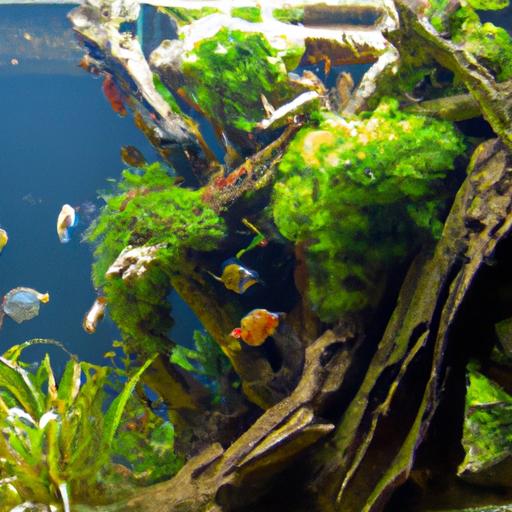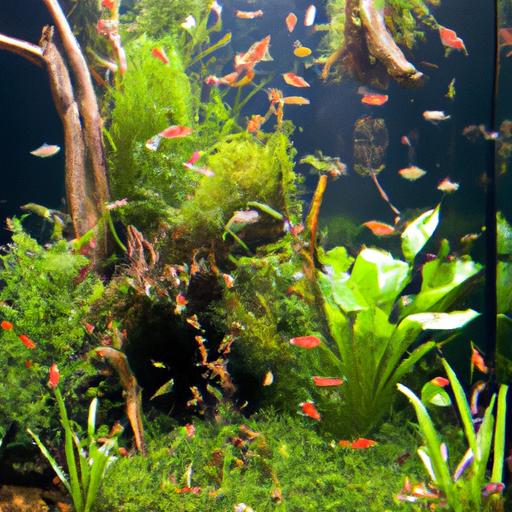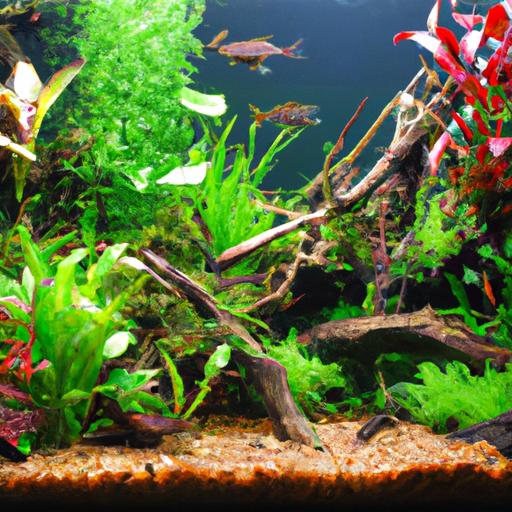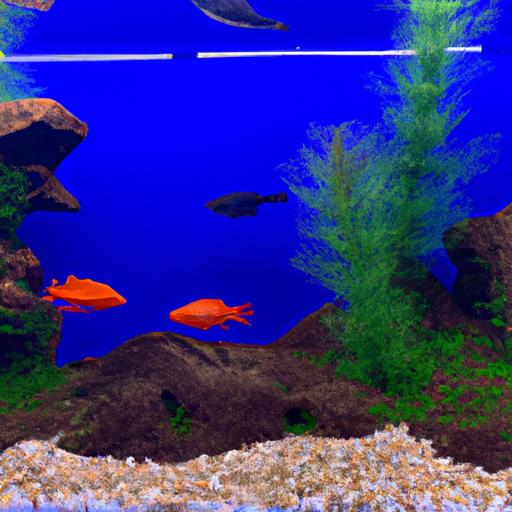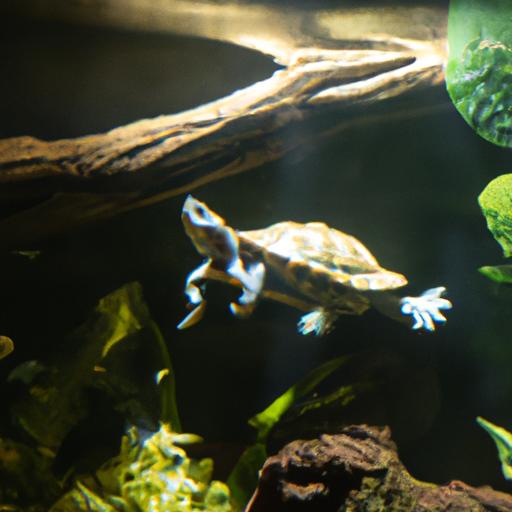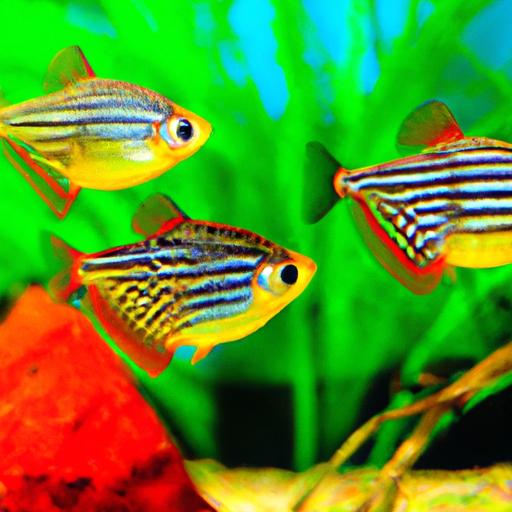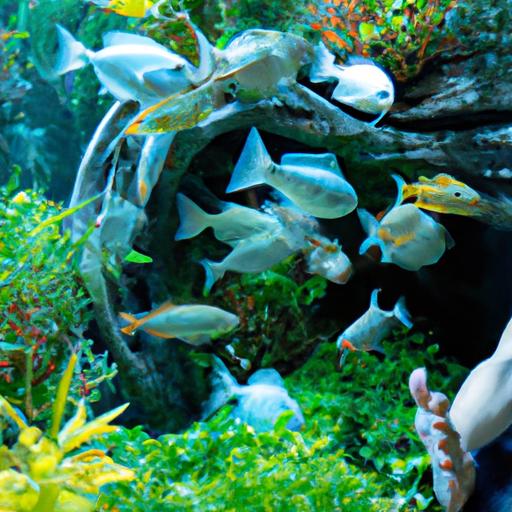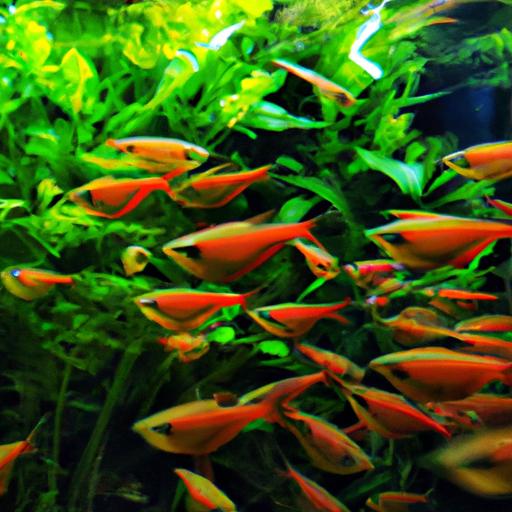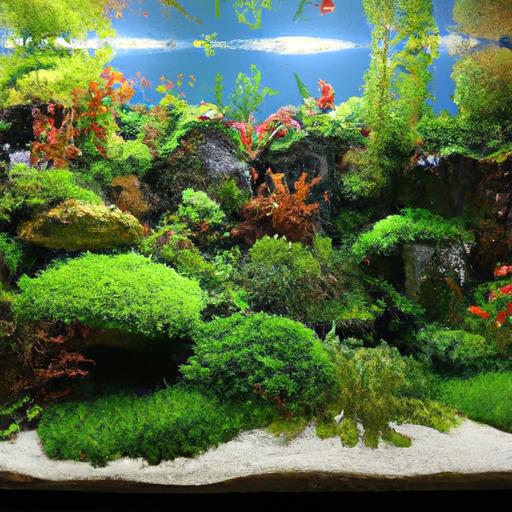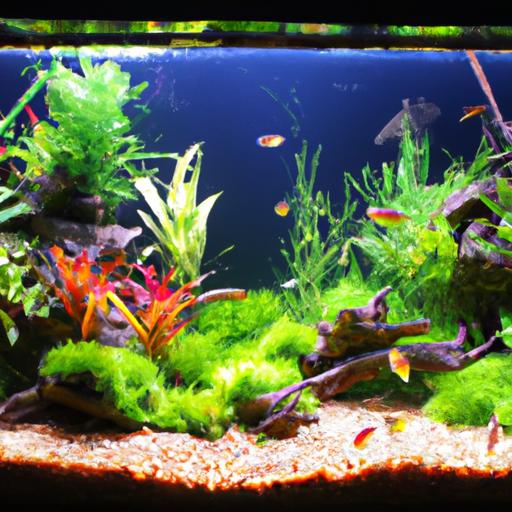
Setting Up a Freshwater Planted Livebearer Tank
Learn how to set up a freshwater planted livebearer tank with our comprehensive guide. Create a thriving aquatic ecosystem for your fish and plants.
Introduction
Are you ready to dive into the world of freshwater planted livebearer tanks? Setting up a well-maintained tank not only adds beauty to your living space but also provides a thriving environment for your aquatic friends. In this article, we will guide you through the process of creating your very own freshwater planted livebearer tank, ensuring that you have all the necessary information to succeed.

Setting Up a Freshwater Planted Livebearer Tank
Choosing the Right Tank Size and Location
The first step in setting up your freshwater planted livebearer tank is selecting the right tank size. Consider the space you have available and the number of fish you intend to keep. A larger tank provides more stability and allows for a greater variety of plants and fish. Once you’ve chosen the tank size, find a suitable location away from direct sunlight and drafts to maintain a stable environment for your tank inhabitants.
Selecting Appropriate Livebearer Fish Species
When it comes to livebearers, you have a plethora of options to choose from. Popular choices include guppies, mollies, platies, and swordtails. Research each species to find the ones that best suit your preferences and tank conditions. Consider factors such as size, compatibility, and water parameters to ensure a harmonious community in your tank.
Selecting Suitable Plants for the Tank
The plants you choose will not only enhance the aesthetics of your tank but also provide essential benefits for the overall ecosystem. Opt for freshwater plants that are compatible with livebearers and can thrive in the conditions you provide. Some popular choices include Java fern, Anubias, Amazon sword, and Vallisneria. Make sure to consider the lighting requirements and growth rates of the plants to create a balanced and visually appealing aquatic landscape.
Setting Up the Tank’s Filtration System
A reliable filtration system is crucial for maintaining water quality in your freshwater planted livebearer tank. Choose a filter that is suitable for the size of your tank and can adequately handle the waste produced by your fish. A combination of mechanical, biological, and chemical filtration will help keep your water clean and clear, creating a healthy environment for your livebearers and plants.
Creating the Ideal Water Conditions
Livebearers thrive in specific water parameters. Ensure that the temperature, pH level, and hardness of the water are within the suitable range for your chosen livebearer species. Regularly monitor these parameters and make adjustments if necessary. Additionally, consider the benefits of using live plants in maintaining water quality, as they absorb excess nutrients and provide oxygen.
Adding Substrate and Decorations
The substrate plays a vital role in providing a foundation for your freshwater planted livebearer tank. Choose a substrate that is appropriate for live plants, such as nutrient-rich soil or plant-specific gravel. Consider adding hardscape elements like rocks or driftwood to enhance the natural look of the tank and create hiding spots for your fish.
Introducing the Livebearer Fish and Plants
Now that you have meticulously set up your tank, it’s time to introduce your livebearer fish and plants. Take your time acclimating them to the tank’s water temperature and conditions to reduce stress. Carefully release them into the tank, ensuring they have ample space to explore their new environment. Observe their behavior closely and make any necessary adjustments to ensure their well-being.
Regular Maintenance and Care Tips
To maintain a healthy and thriving freshwater planted livebearer tank, regular maintenance is essential. Perform routine water changes to remove accumulated toxins and maintain optimal water quality. Monitor the growth of your plants and trim them as needed to prevent overcrowding. Regularly clean the filter to prevent clogging and maintain its efficiency. Lastly, feed your livebearers a balanced diet and observe their behavior for any signs of illness or distress.
FAQ (Frequently Asked Questions)
What are the best livebearer fish for a planted tank?
The best livebearer fish for a planted tank include guppies, mollies, platies, and swordtails. These species are known for their compatibility with live plants and their vibrant colors, making them excellent choices for an aesthetically pleasing tank.
How often should I perform water changes?
Regular water changes are vital for maintaining water quality in your freshwater planted livebearer tank. Aim to perform a 25-30% water change every two weeks, or adjust the frequency based on the specific needs of your tank and its inhabitants.
Can I add other fish species to my livebearer tank?
While livebearers are generally peaceful, it’s important to consider their compatibility with other fish species. Avoid adding aggressive or fin-nipping fish that may harass or harm your livebearers. Research the temperament and requirements of potential tank mates to ensure a harmonious community.
What lighting is best for freshwater planted tanks?
Proper lighting is crucial for the growth of live plants in your freshwater planted livebearer tank. LED lights are a popular choice as they provide a balanced spectrum and are energy-efficient. Consider the specific lighting requirements of your chosen plants and select a lighting system that meets their needs.
How can I prevent algae growth in my tank?
Algae growth is a common concern in freshwater planted tanks. To prevent excessive algae, maintain a consistent lighting schedule, avoid overfeeding your fish, and regularly clean the tank and filter. Additionally, consider adding algae-eating species, such as nerite snails or Siamese algae eaters, to help control algae growth naturally.
Conclusion
Setting up a freshwater planted livebearer tank is a rewarding endeavor that allows you to create a stunning aquatic ecosystem in your home. By following the steps outlined in this article, you can ensure that your tank provides a beautiful and thriving environment for both your livebearer fish and the lush plants that adorn it. So, let your imagination swim free and embark on this exciting journey into the world of freshwater planted livebearer tanks.


